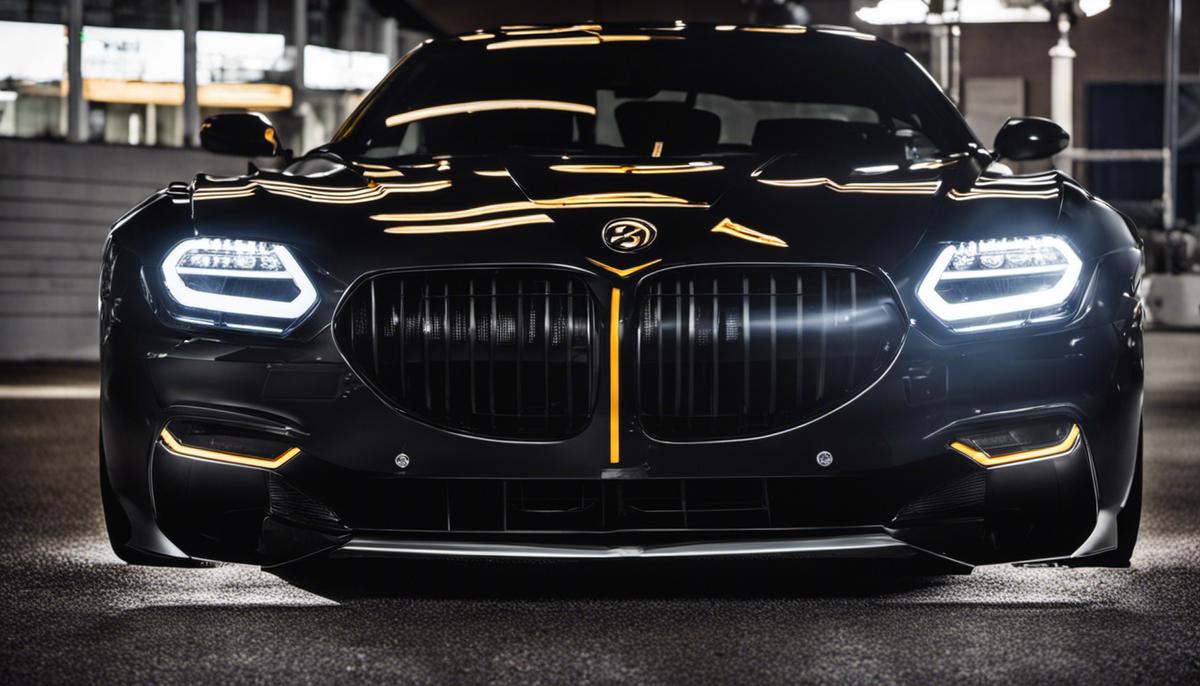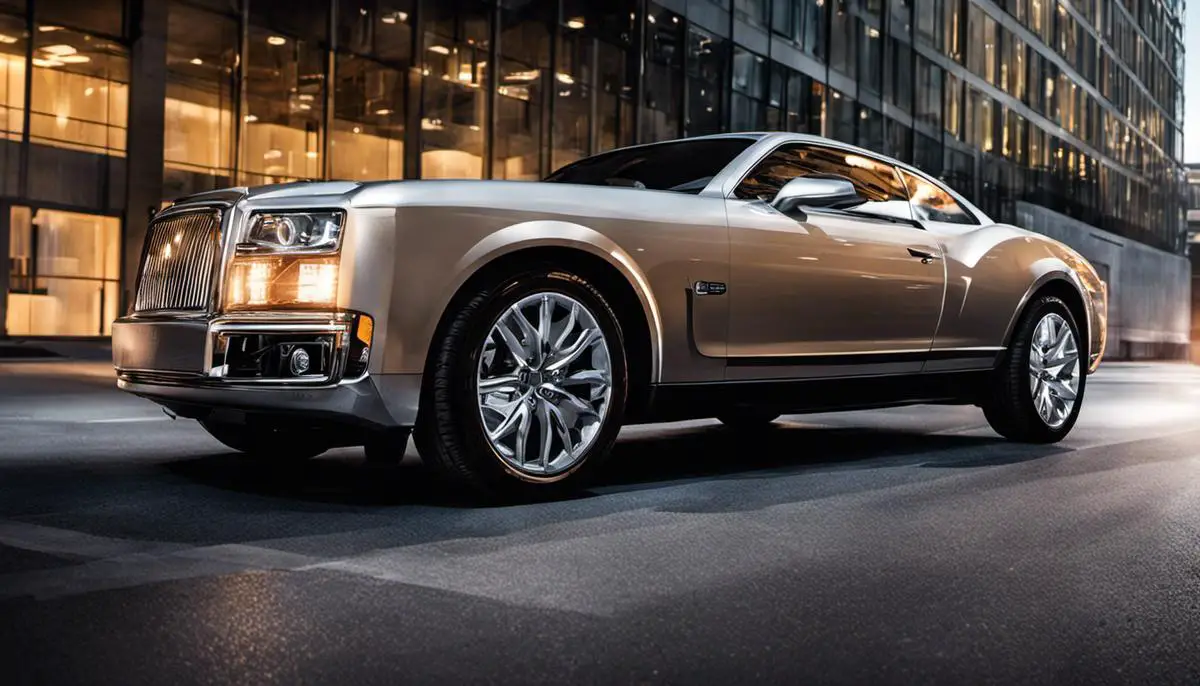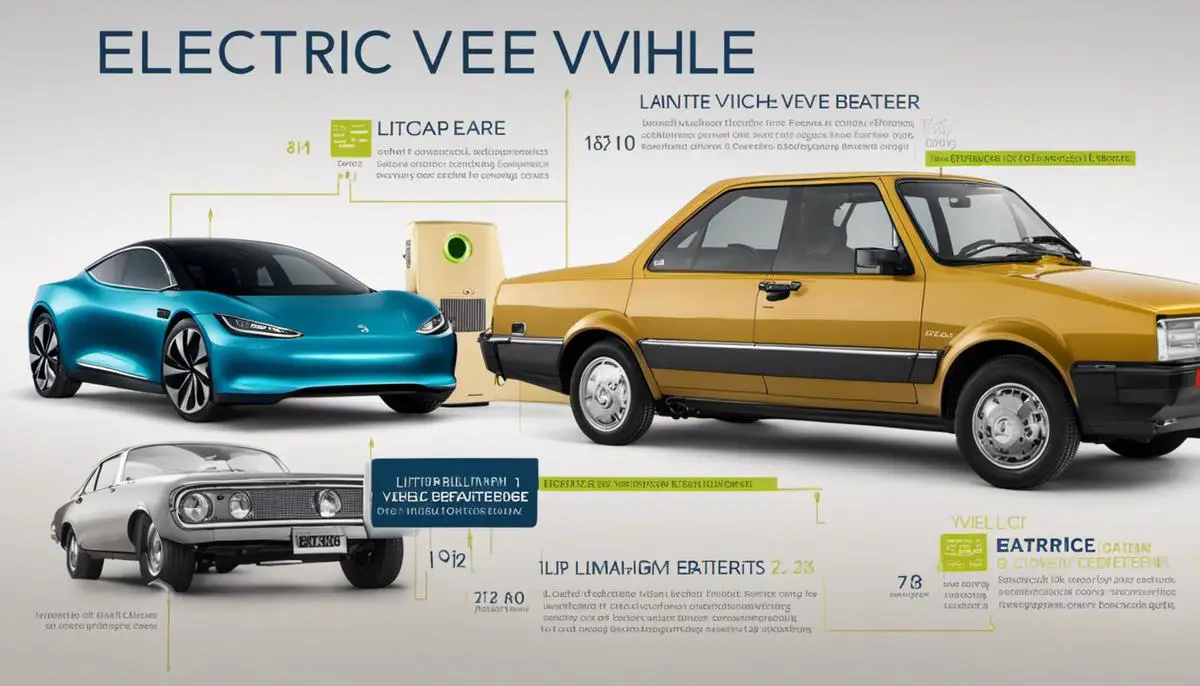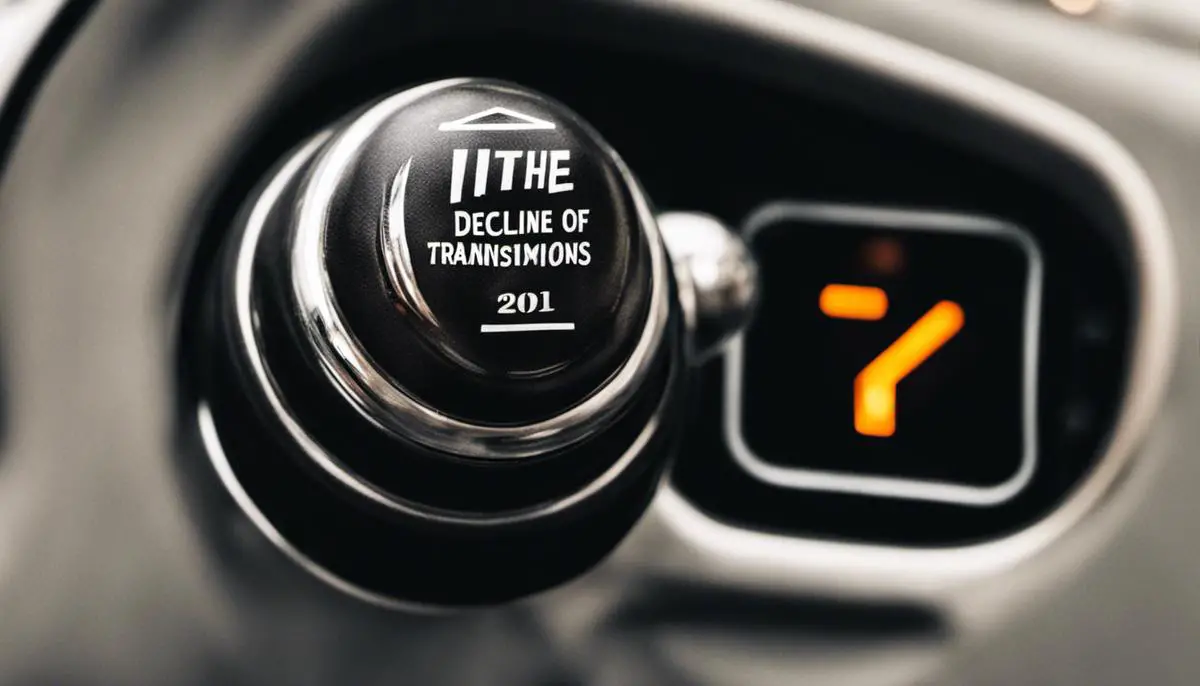In the ever-evolving world of technology, the realm of automotive lighting has not been left behind, significantly impacting and transforming the driving experience. The inception of halogen headlights illuminated the path of motorists for many years, introducing a new era of night-time driving. However, with time, innovation brought about Light Emitting Diodes (LED) headlights that are tremendously reshaping the paradigms of automotive lighting. The shift from halogen to LED headlights harbors numerous advantages that not only emphasize better visibility but also stress energy efficiency and the integration of smart technologies. This discourse embarks on an unraveling journey from the historical transition of halogen to LED headlights, offering an in-depth exploration of both technologies, an unbiased comparison, and an enlightening exposition on the benefits of LEDs.
Contents
Technology Evolution: From Halogen to LED Headlights
Many thought halogen headlights were the epitome of technology until Light Emitting Diodes (LEDs) entered the scene. The transition from halogen to LED headlights has quite literally transformed driving. It’s a revolution of illumination. From sheer longevity to substantial energy efficiency, we will be focusing on how LEDs have graduated from their former role in puny indicator lights to beaming the way forward in advanced automotive lighting.
One striking difference between LED and halogen headlights is the illumination quality. Halogen bulbs have a dimmer, yellowish hue while LEDs shine a bright, white light. Driving at night demands visibility, and LED headlights provide better brightness without blinding oncoming traffic. This can make a significant difference in driver reaction time, potentially improving safety on the roads. What’s more, LED light patterns can be calibrated to perfectly match specific driving conditions. LEDs are nimble, enabling auto engineers to design headlights to emit light in diverse and innovative patterns.
Beyond brightness, LED headlights last astoundingly longer – up to 50,000 hours compared to the humble 1,000-hour life of a halogen bulb. This durable technology not only defers the necessity of frequent replacements, but it also increases reliability. With LEDs embedded in your vehicle, the chances of dealing with a burned-out headlight in the middle of a desolate highway, slash drastically.
Clearly, the winning edge for LEDs comes with their energy profile. As we make strides towards electric vehicles, every watt saved counts. Where a halogen bulb guzzles 65 watts, an LED counterpart sips only 15 watts to deliver the same lighting output. This 75% slash in energy consumption plays a critical role in extending EV batteries’ life and enhancing overall energy efficiency.
Even with these advantages, the transition to LEDs hasn’t been without hiccups. They manage heat differently than halogen bulbs. As halogen bulbs radiate heat forward, LEDs need specific cooling systems to prevent overheating. To tackle this, car manufacturers have implemented complex heat controlling methods which boost the longevity and performance of LED headlights.
But the cost! LEDs are undoubtedly more expensive than their halogen counterparts. However, considering their lifespan, illumination quality, and energy efficiency, the long-term investment might be worthwhile. Besides, with the increasing adoption of LED technology, it’s foreseeable that the prices will become more affordable.
The transition from halogen to LED headlights has transformed the driving experience into a safer, brighter, and more energy-efficient endeavor. As technology progresses, so too does our ability to understand and manipulate light for our needs. With LED technology in the limelight, it is truly a bright and enlightening era for all driving devotees out there.

Detailed Comparison: LED vs Halogen Headlights
Asking what sets LED and halogen headlights apart is akin to comparing a smartphone with a feature phone. Both serve their purpose well but fundamentally, LED technology has revolutionized headlights in a few significant ways. Aside from those previously discussed, such as the unparalleled illumination quality, safety benefits, longevity, and energy efficiency of LEDs, let’s dive into a few more differentiators: functionality, durability, and further efficiency implications.
When it comes to functionality, the key distinction lies in the brightness adjusting capability of LED headlights. Unlike halogen headlights, which offer a fixed brightness irrespective of the external conditions, LED technology offers adaptable illumination. This adaptive functionality adjusts the brightness level based on the external light conditions, enhancing visibility during different times of the day and night and during adverse weather conditions. This feature isn’t possible with a simple halogen setup.
A mention of durability leads us to the robust construction of LED headlights. Their solid-state construction is devoid of any fragile filaments, a design feature that is absent in the halogen counterparts. These filaments in halogen bulbs are prone to damage from the vibration and shock that a vehicle endures, reducing their longevity. By removing these fragile components, LEDs are inherently more durable, able to withstand harsh conditions without succumbing to failure.
Now, does efficiency mean just energy savings? Not exactly. When drawing the LED versus halogen comparison, one cannot ignore the effects of heat generated by these headlights. Traditionally, halogen bulbs convert almost 80% of the electrical energy into heat rather than light. This intense heat wasted in halogen systems pales in comparison to LED systems, which operate at cooler temperatures due to their efficient energy conversion. Consequently, this lower heat output mitigates the risk of damage to nearby vehicle components, a consideration that falls within the efficiency parameters of modern headlights.
And what about that yearning for more sustainable solutions? As we’re shifting towards a green economy, having energy-efficient choices form an essential component of our auto technology toolkit. Yes, LEDs are the clear winner here, aligning with the global shift towards sustainability.
That being said, despite the high initial capital expenditure for LEDs compared to halogen units, long-term cost savings on replacements and energy consumption make LED technology more viable. Their adaptability, robustness, and efficiency coalesce to supersede their halogen counterparts. So, while halogens have had a good run, the future ‘lights up’ brighter with LEDs, forming an inseparable part of our road safety mechanism.

Benefits of Choosing LED Headlights over Halogen
Solidifying their position as the modern torchbearers of road illumination, LED headlights capitalize on the latest technological advancements to offer unprecedented benefits to users. Steering clear of repetition and reiteration, this segment of the article will delve deeper into the technical facets of LED headlights that cater to the tech-savvy crowd, and the unmatched edge they bring to the table.
One of the stand-out features of LED technology is its adaptive brightness capability. Unlike their halogen counterparts, LED headlights are programmable and come with the potential for greater control over brightness levels. High-quality LED headlights can automatically dim or brighten according to the external light conditions, leading to enhanced driving comfort and safety. This real-time adaptive lighting system serves as a testament to how technology can be harnessed to alleviate human effort, a trait bound to find favor with the tech-enthusiastic.
Determining what sets LED headlights a notch higher, one cannot overlook their unrivaled durability. LEDs are solid-state devices, which means they lack the delicate and often fragile filaments found in halogen bulbs. The inherent resilience of LED headlights ensures minimal risk of damage which means fewer replacements and thereby reduced waste generation making LEDs an ecologically responsible choice.
Furthermore, the efficiency of LED headlights extends beyond energy consumption. Addressing a crucial facet of functionality, LEDs score over halogens when it comes to heat generation. LEDs, by design, convert most of the energy they consume into light, rather than wasting it as heat. This minimizes potential wear and tear due to high temperatures, augmenting the lifespan of the headlights.
In terms of long-term viability, the cost benefits of LEDs outweigh the initial investment. While LED headlights may come with a higher price tag initially, they prove to be cost-efficient in the long run due to their durability and low energy consumption. This makes LED headlights not just a sustainable option, but a smart fiscal decision as well.
In the evolving landscape of automotive technology, LEDs are not merely an upgrade; they’ve become an integral part of the safety mechanism on roads. The broad coverage and superior illumination offered by LEDs have shown a documented reduction in instances of night-time accidents, framing LEDs as an essential component of road safety.
To conclude, LED headlights, with their ability to harness cutting-edge technology for superior illumination, longevity, energy efficiency, and adaptability, are indeed the future of automotive lighting. They embody the relentless pursuit of progress and innovation that fuels the tech-savvy world. Whether it’s through enhancing road safety standards or contributing to sustainability, it’s clear that the switch to LED headlights is not just an upgrade – it’s an evolution.

As the automobile industry incessantly marches towards an era defined by energy efficiency, smart technologies, and enhanced user experience, LED headlights appear to be a significant cog in this machinery. The outshining performance, longevity, cost-effectiveness, and the role of LED headlights in bolstering automated driving systems and smart headlights present a compelling case for their adoption. Their wide-ranging benefits offer a technologically advanced, superior and safer solution to driving. Ultimately, the shift from halogen to LED headlights exemplifies progress, pioneering the future where technology and practicality harmoniously coexist to revolutionize the driving experience.



